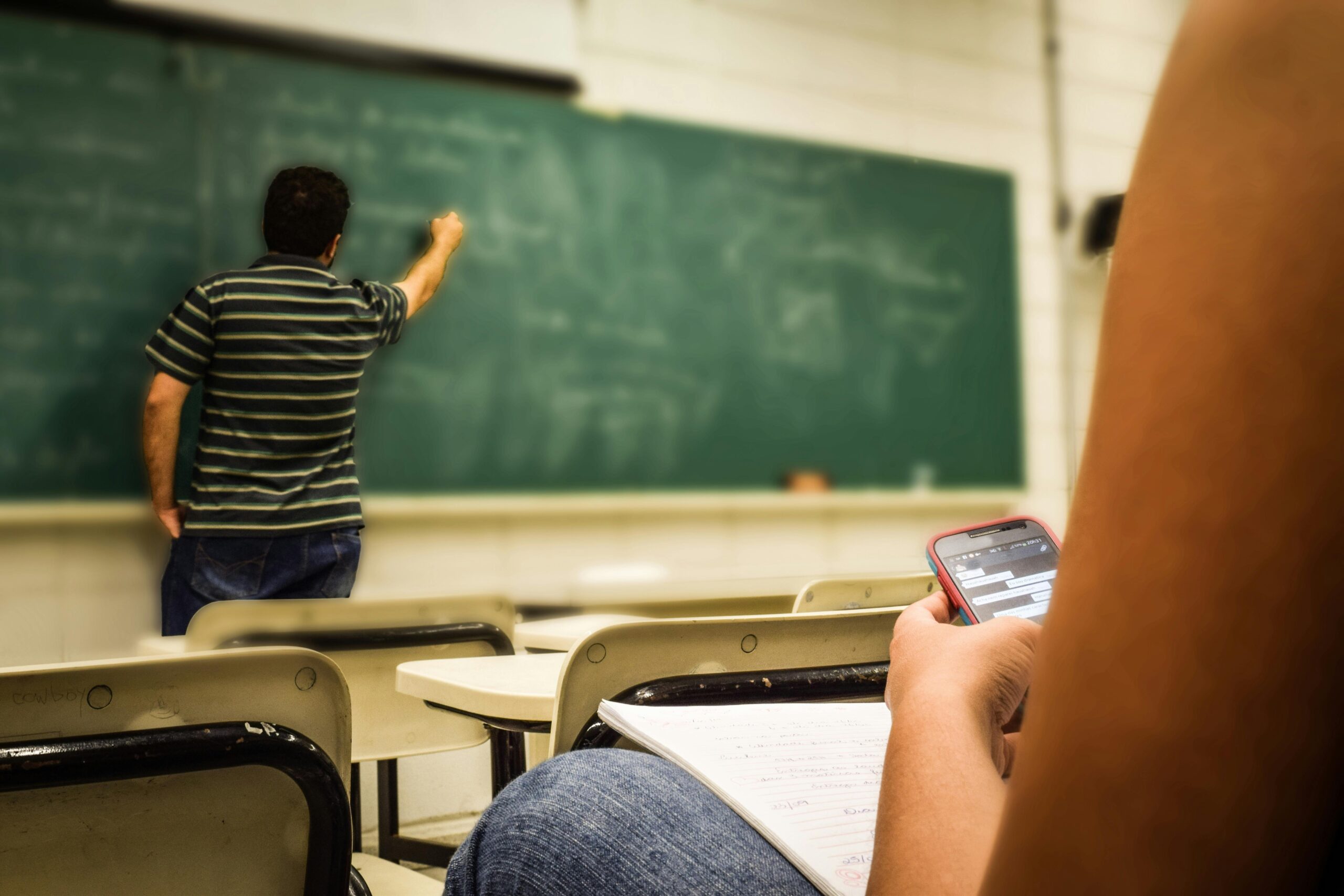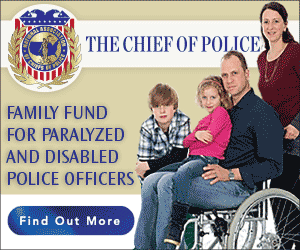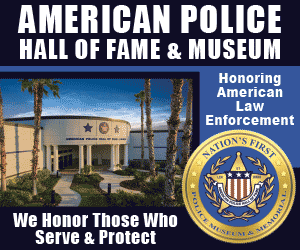Beth J. Sanborn
School Safety Coordinator, Montgomery County, PA
Darren K. Stocker
Professor, Criminal Justice
Cape Cod Community College
In the worlds of education and law enforcement, the safety and security of students are paramount concerns. One of the largest gatherings of citizens takes place daily at elementary, middle schools, high schools, and educational accommodations for children with special needs. Schools have robust protocols in place to handle various emergency situations, ranging from natural disasters to lockdown drills. However, the significance of collaboration between these institutions and the police in parent notification and their response to their child’s well-being has been underestimated.
Imagine a scenario where an unforeseen disaster strikes a school – a sudden power outage, a severe storm, or an on-campus incident. Amidst the chaos, parents are left in the dark, anxiously awaiting information about their children’s safety. In such situations, parent notification becomes a beacon of hope and reassurance. It offers parents peace of mind, knowing that their children’s school is proactive in keeping them informed and that the law enforcement community works alongside with schools to ensure maximum positive results. Many police officers, depending on their geographical location, the population of their community, and the potential for catastrophic events, respond to major incidents regularly. Training is provided in the areas of HazMat, disaster management, active shooters, negotiations, and risk reduction. SOPs are developed to ensure continuity, delegate tasks, direct processes, and to align with legal guidelines. Further, police departments work in partnership with other emergencies responders, the Red Cross, FEMA, state and federal law enforcement agencies, and local service agencies. But what about schools and parents?
In retrospect, breakdowns occur when schools and the police fail to know what the other is doing, or in some regards, what they expect to be done. These are well documented in recent incidents with unconscionable results. Conversely, in March 2018 a school resource officer immediately engaged a shooter in a hallway while inside a high school in Great Mills, Maryland when he heard gunshots. His training and relationship with school officials were listed as the reasons for stopping the potential for greater harm. In October 2022, a Fresno County, CA school resource officer diverted a possible school shooting after he investigated a tip from two potential victims. Police in Nashville, Tennessee were widely praised for their response to a school shooting in March 2023. Training, threat assessment, collaboration, and perhaps most important, communication between the responders and school personnel were the keys to successful outcomes.
Knowing that in the event of an emergency, every moment counts. Quick and informed decision-making is critical for the safety of students and staff. But cooperation, interaction, and information doesn’t end inside the walls of education. Parent notification is not just about keeping parents in the loop; it’s also about providing them with what they need to make appropriate decisions. For instance, if a school is facing severe weather conditions, parents need to decide whether it’s safe to pick up their children or if they should wait for further instructions from the school.
Effective communication with parents is essential to effectuate a safe resolution and reunification with their children. When parents are well-informed, they can cooperate with the school’s directives, follow evacuation plans, or provide any necessary information to assist. This collaboration ensures that students are accounted for, medical needs are met, and everyone remains as safe as possible. Since children often look to their parents for reassurance during times of crisis, proactive communication has the potential to alleviate any fear from an unknown situation. Knowing that their parents are aware of the situation and are being updated by the school can have a calming effect on students. It reinforces their trust in the school’s ability to handle emergencies, reduces panic during unprecedented events, and provides reassurance that the police are invested in the partnership.
The notification process also plays a significant role in building and maintaining trust between schools and parents. Being transparent about emergency situations, the steps taken, and the progress made demonstrates the school’s commitment to student safety. This transparency fosters the trust vital for a strong school-community connection. In today’s litigious society, accountability is a significant concern. In the unfortunate event of an emergency, schools must be able to demonstrate that they took reasonable steps to notify parents and keep them informed. Proper documentation of communication efforts can help protect the school from potential liability issues.
In our digital age, schools and police agencies have a surplus of communication tools at their disposal. Emails, text messages, automated phone calls, and social media platforms can be employed to reach parents, students, the surrounding community, and first-responders promptly. These devices not only enable rapid communication but also allow for updates as situations evolve. Familiarity with the notification system can significantly reduce confusion and anxiety during actual emergencies.
In the realm of school safety and security, parent notification stands as an essential pillar. It’s not merely a procedural requirement; it’s a lifeline of information and support. When schools prioritize effective communication with parents during emergencies, they contribute to a safer and more resilient learning environment. Through prompt notification, trust-building, and coordinated responses, schools demonstrate their unwavering commitment to the safety and well-being of every student. In the face of uncertainty, parent notification is the light that guides us to a safer tomorrow.
The following are examples of situations which may result in communication with stakeholders. It is by no means comprehensive or inclusive. While this list addresses a variety of circumstances, an individual event not listed may certainly require prompt community notification. This generic template includes some basic language; however, it is critical to provide some specific details relevant to the incident at hand and the applicable terminology incorporated by the participants.
A school building, or district level administrator should coordinate with their communications director on proper language and what details can be provided, as well as how it should be disseminated and transmitted. Specific names and demographic information should not be disclosed during communication unless it is necessary for reaction and investigation purposes and critical for responding police personnel.
- Medical emergency/Ambulance response to the campus
- Fire alarm/Fire response to the campus
- 911 call/Police response to the campus
- Positive student/staff achievement
- Change in school district/building level administration
- Environmental hazard or power disruption
- Anti-Bullying or other “See Something, Say Something” initiatives
- Concerning social media post
- Upcoming safety drill
- Change in school schedule (weather delay, early dismissal, testing schedule, in-service days)
- Community member death
- Weapon found at school/on bus
- Transportation delays
- Lockdowns
Sample communication regarding a discovered concerning social media post may read as follows:
[Date]
Dear [School/District Name] Families & Staff,
We were made aware of an inappropriate social media post that may be circulating in our community. After dialogue with the [Local] Police Department, we do not believe there is any credible threat associated with the social media posting. Still, we are closely monitoring the situation and will remain in communication with the police.
Please know that currently we are not aware of any threat against the [School District/School].
If you or your student become aware of any potential threat posted to social media or anywhere else, please notify a principal, a school staff member, or trusted adult right away.
As a reminder, any student, parent, or staff member has the opportunity to report safety concerns through [Anonymous Reporting System], a web-based, anonymous tip reporting line. To access this information, call [Anonymous Reporting Phone Number] or click here: [Link to Anonymous Reporting System].
As always, thank you for your support as we work to ensure a safe, secure, and positive learning environment for our students.
We are extremely proud of the student who brought this matter to our attention and they truly exemplify the mindset that safety is everyone’s responsibility!
Sincerely,
[Name]
[Title/Position]
Sample communication regarding a weapon at school may read as follows:
[Date]
Dear [School District/School] Families,
Recognizing parents’ rights and needs for timely and accurate information about student safety, we want to share with you an incident that occurred recently at [School].
[Today, yesterday], a [Grade] grade student was taken into custody for allegedly bringing a weapon onto school premises. While an official press release will be made by our central office, we want you to have accurate information first.
[Provide what information can be shared about the incident]
As with all matters of student safety, we have taken this very seriously and have acted accordingly. We are working diligently alongside the [Local/State/County] Police Department to ensure a thorough investigation is carried out. We are reviewing surveillance video and will address students to garner their support in reporting behavior which compromises their safety.
This is one area where we need your help. Please encourage your child to let a teacher, administrator or trusted adult know if a situation exists, in which they or others could be placed in any danger.
We want to thank those staff members, students, and parents, who have provided us with the information necessary to investigate and bring closure to this incident. Only by working as a school community in partnership with parents, the police, and the community, can we create and maintain the level of safety that we want for our children and that they certainly deserve.
As always, we welcome comments and questions, please do not hesitate to contact [Name] the [Title] at [Phone] or [Email] if you should have any questions or concerns.
Sincerely,
[Name]
[Title/Position]
The verbiage of these communications may want to be reviewed by local law enforcement personnel, solicitors, and each county prosecutor’s office.




